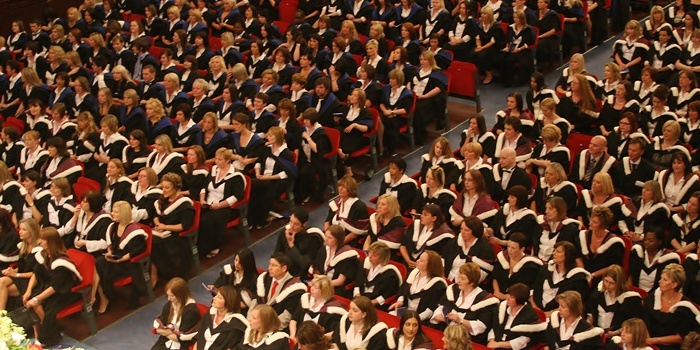Midwifery training in Dundee is to end after a decision to slash the number of training places available across Scotland.
A spokesman for Dundee University’s school of nursing and midwifery confirmed that the next intake of midwifery students in September would be the last.
“This is really sad for Dundee,” said Vanessa Shand, a midwife at Ninewells Hospital and local representative for the Royal College of Midwives.
She said just 11 trainee midwives will start their education in Dundee in September, almost half the usual number of trainees. Once these students have completed their four-year course, there will be no more training placements provided in Dundee.
Scotland has traditionally trained more midwives than it requires and the surplus have found jobs in England and beyond. However, there is concern that a large proportion of midwives are due to retire within the next 10 years and there could be a shortage further down the line.
For some time there have been discussions about training places in Scotland and earlier this year health secretary Nicola Sturgeon announced the number of places would be cut from 183 to 100.
Gillian Smith, director of the Royal College of Midwives for Scotland, who trained as a midwife in Dundee in the late 1970s, said she “could not argue” with the decision to cut numbers.
“It is disingenuous for us to train people and not have any posts for them to go to,” she said. “We have got an over-supply and there is a shortage in England. They have been relying on recruiting our newly qualified midwives to go there over the last few years.”
She said things might have been different if the Department of Health in England had paid for training places in Scotland. She said the decision to cut training places across Scotland was taken by the health secretary in January. Now the decision has been taken to cut the number of universities offering training places from six to three.ViableShe said maintaining the existing numbers of midwifery schools offering training would have led to reductions that would leave class sizes too small to be viable.
“My concern is that we will be hitting a demographic timebomb 10 years down the line,” said Mrs Smith. “The average age of midwives in Scotland is 43.7 years. These midwives are eligible to retire at 55.
“Ten years down the line I don’t want us to be in the position where we need to upscale our training places and there is nobody who has got the teaching and experience to do that.
“We need to retain midwifery teaching expertise and need to be very well aware of the workforce challenges which we might have down the line.”
A spokesman for Dundee University said, “We recruit approximately 20 midwifery students every year, and we are planning for a new intake in September 2011. Full provision of the programme will be maintained for all students studying midwifery at the university.
“We are disappointed in the decision to remove midwifery education from Dundee, but we recognise the difficulties with the national situation where, currently, Scotland is producing more midwives than there are posts available.
“However, we welcome the opportunity to work collaboratively with colleagues from all universities in Scotland to support the future model of midwifery education.”
